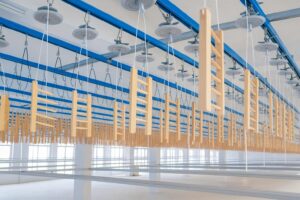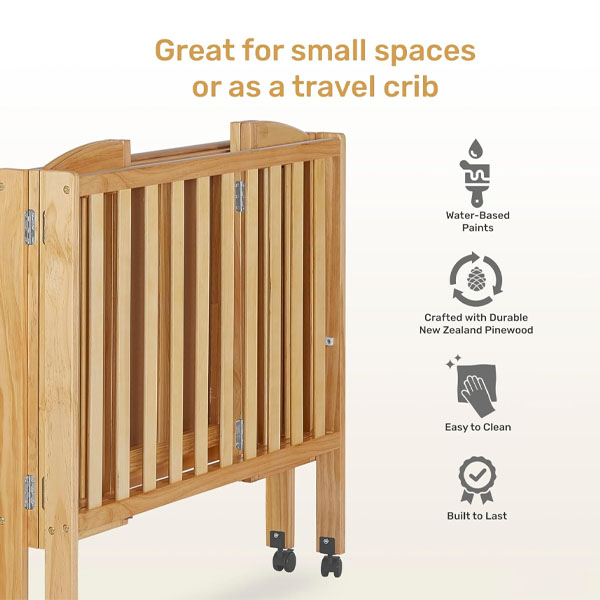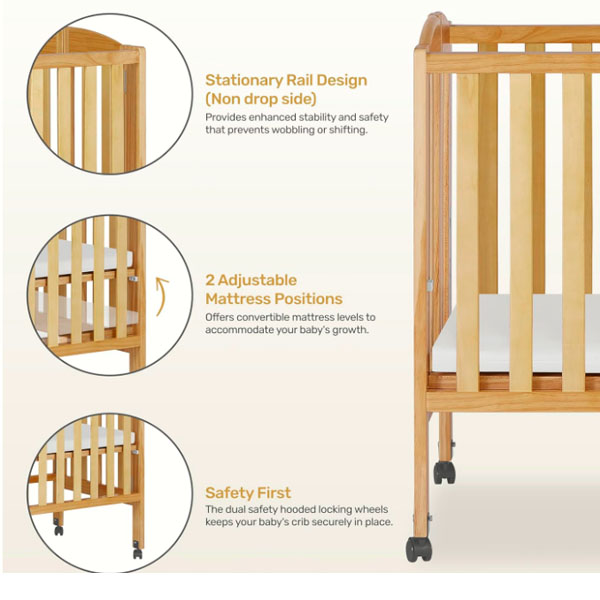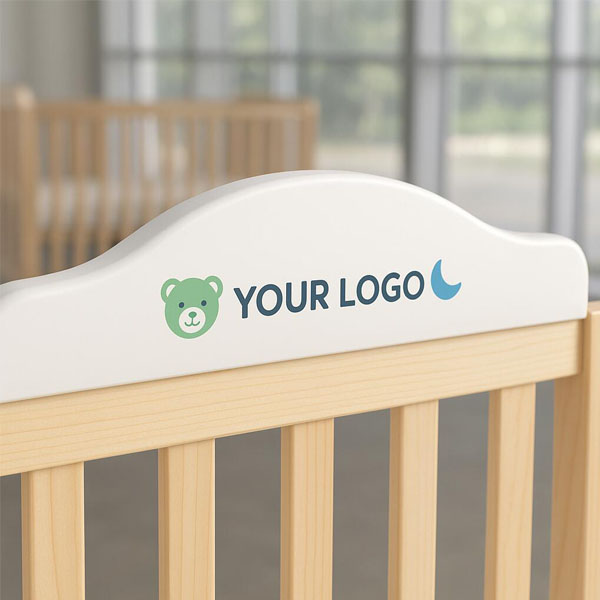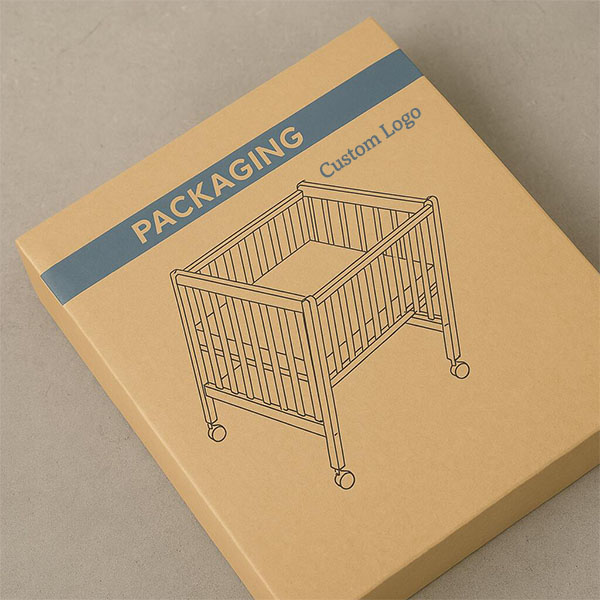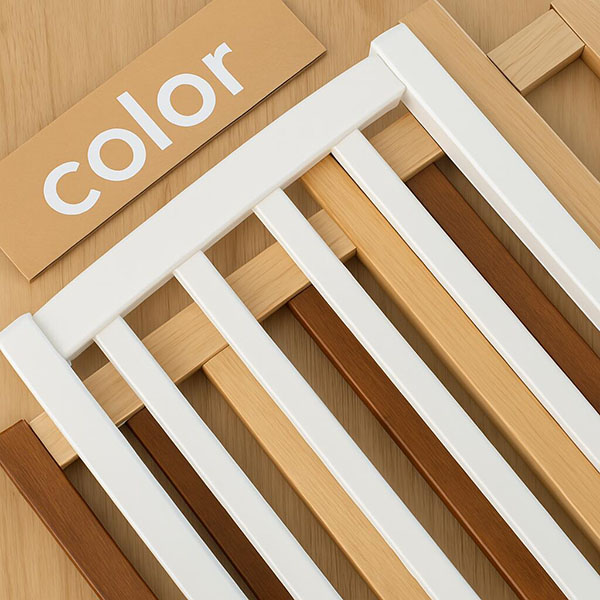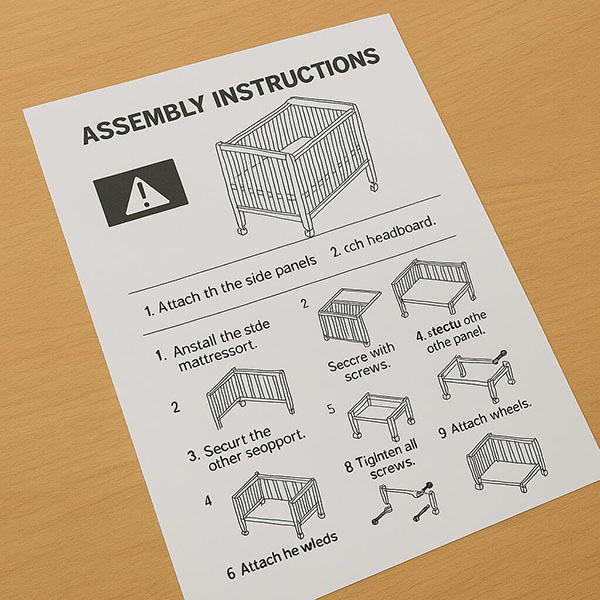Are round baby cribs safe?
New parents want the safest sleep setup possible, but unique designs like round cribs raise real questions. Are they just stylish, or could they be a risk?
Yes, round baby cribs are safe when they meet current safety standards. Look for certifications, solid mattress fit, and proper spacing between slats to ensure a safe sleep environment.
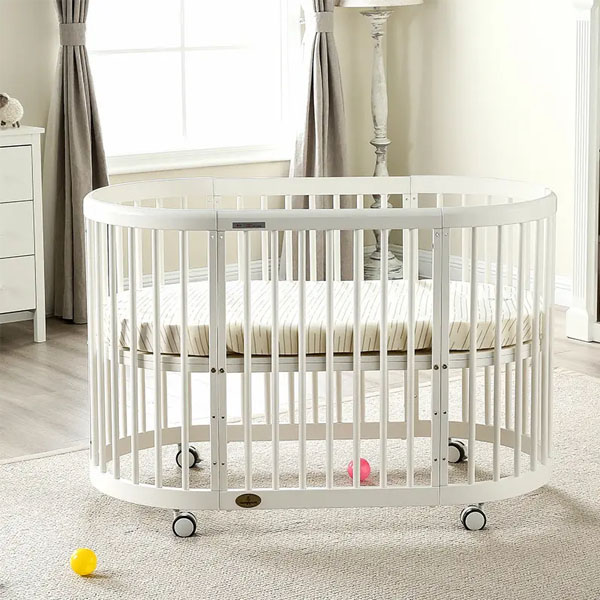
If you’ve been eyeing a beautiful round crib, don’t worry—style doesn’t have to mean sacrifice. Let’s look deeper into how safe these cribs really are.
What makes a baby crib safe?
Most parents focus on looks, but safety rules should come first.
A safe baby crib meets federal safety standards, has no drop sides, and fits a firm mattress without gaps.
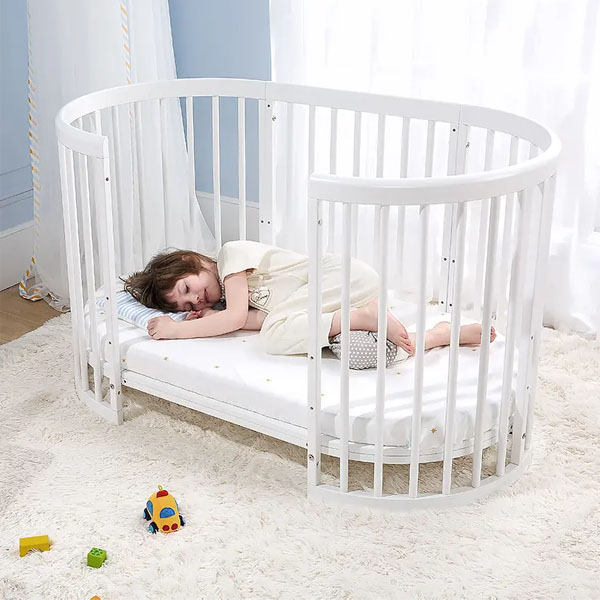
Understand the safety standards
Crib safety in the U.S. is regulated by the Consumer Product Safety Commission (CPSC). Their guidelines apply to all cribs—round or rectangular. Any crib sold after June 28, 2011, must meet these federal standards:
- No drop-side rails
- Slats no more than 2 3/8 inches apart
- Strong mattress supports
- Non-toxic finishes
- Firm mattress that fits snugly
If a round crib follows these same rules, it’s considered safe. I always check for a JPMA (Juvenile Products Manufacturers Association) certification—it’s a quick way to see if a product meets top safety levels.
| Crib Type | Meets CPSC Standards | Unique Risk Factors |
|---|---|---|
| Standard Crib | Yes | Very few |
| Round Crib | Yes (if certified) | Uncommon shape, less mattress choice |
Mattress fit is crucial
A big part of crib safety comes down to mattress fit. A round crib requires a round mattress. That might sound obvious, but many people try to fit a standard mattress into a round frame—or buy off-brand options that leave gaps. Even a one-inch space between the mattress and crib wall can be dangerous. I learned this firsthand while shopping for a round crib. I found fewer options, but stuck with a high-quality, well-reviewed brand that fit perfectly.
Are round cribs safer than traditional ones?
The shape looks safer, but does it actually help?
No, round cribs aren’t safer than standard cribs—they’re just different in form. Safety depends on build quality and certification, not shape.
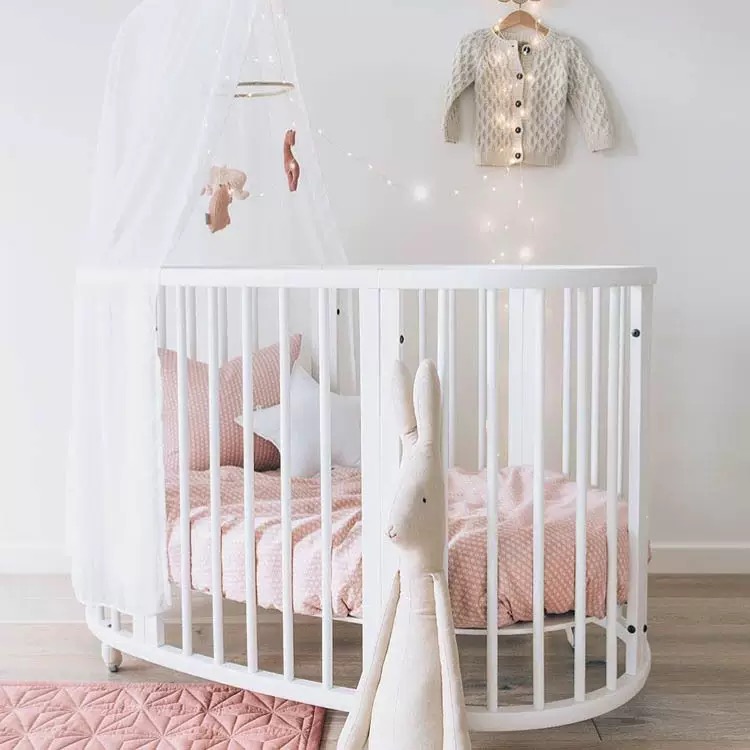
Round cribs may reduce head bumps
One thing I noticed about round cribs—no sharp corners. That’s a nice benefit, especially when babies start moving more. In a rectangular crib, babies sometimes bump into the corners or get limbs caught between slats. Round cribs give a more even space, which may reduce that. But again, it’s a small benefit. The big safety factors still come down to slat spacing, mattress fit, and structural strength.
| Benefit | Round Crib | Traditional Crib |
|---|---|---|
| Fewer corners | Yes – no edges to hit | No – may have 4 corners |
| Space usage | Takes more space in a room | Easier to fit in small rooms |
| Access | Can access from all sides | Usually only from one side |
But they may be harder to accessorize
Here’s the catch: round cribs are harder to shop for. Crib sheets, bumpers (if you use them), and mattress pads aren’t as widely available in circular form. That’s not a safety issue on its own, but it can lead people to improvise—like using sheets that don’t fit snugly. That’s where the danger creeps in. Loose bedding is a suffocation risk for babies under 12 months. I stuck to fitted sheets from the crib’s manufacturer, even though they were pricier.
Do round cribs grow with your baby?
Buying a crib is a big investment, and many parents want it to last.
Some round cribs convert into toddler beds, but not all. Check the product details before buying.

Convertible designs do exist
The good news: some round cribs grow with your child. I found several brands offering cribs that convert into toddler beds, daybeds, or even full-size beds with extra kits. One popular model I looked at offered four configurations. That made me feel better about the higher upfront cost. If you’re planning for longevity, look for models labeled “convertible” and confirm what kits are included.
| Model Name | Converts To | Conversion Kit Needed? |
|---|---|---|
| Stokke Sleepi | Toddler bed, junior bed | Yes |
| Dream On Me | Daybed | Often included |
| Other brands | Varies | Often extra purchase |
Round cribs may be smaller inside
One drawback: many round cribs have a smaller sleep surface. Some measure only 42 inches across, compared to a full-size crib’s 52 inches in length. That might not sound like much, but it can limit how long your baby fits comfortably. For parents wanting a “crib-to-college” type of bed, a traditional convertible crib might make more sense.
Are there any downsides to round baby cribs?
Not everything about them is perfect. Know the drawbacks before you buy.
Yes, round cribs can be harder to find bedding for, cost more, and take up more space in your nursery.

Space and budget matters
Round cribs look beautiful—but they often need more floor space. That might not work in smaller nurseries or apartments. I had to rearrange furniture to make mine fit right in the center of the room. They also tend to be pricier than standard cribs, especially when you add accessories or conversion kits.
| Factor | Round Crib | Traditional Crib |
|---|---|---|
| Price | Usually higher | More budget options |
| Floor space needed | More (center focused) | Less (against a wall) |
| Accessory options | Fewer | Very broad |
Limited resale or reuse
Because they’re less common, it can be harder to resell a round crib. It’s also harder to pass it down if the next baby needs something different. For families who plan multiple kids, that might be worth considering. I ended up keeping mine because I just loved the look—but I knew I’d be keeping it for one baby only.
Conclusion
Round baby cribs are safe if certified, but require careful planning for space, mattress fit, and accessories.

